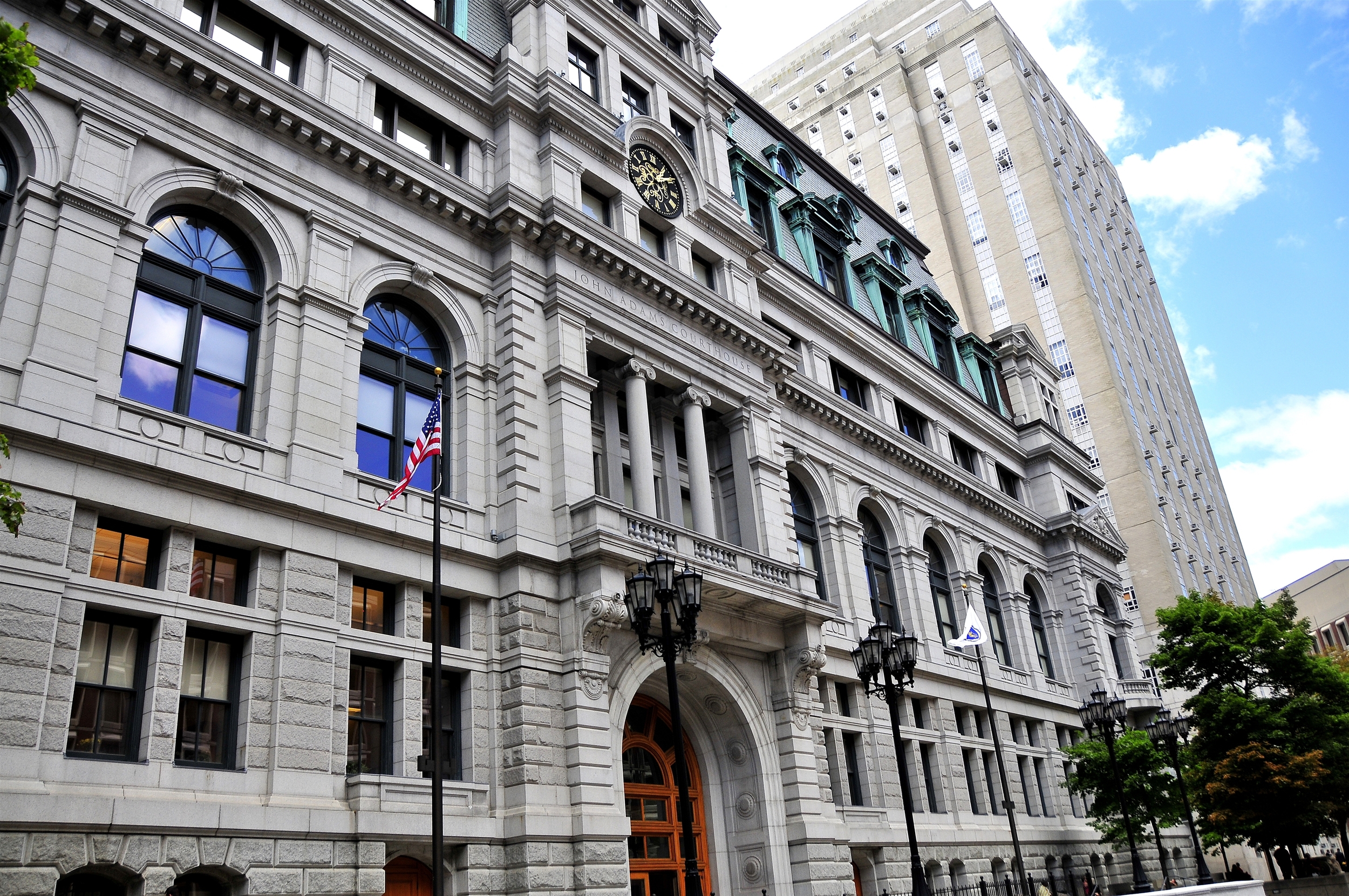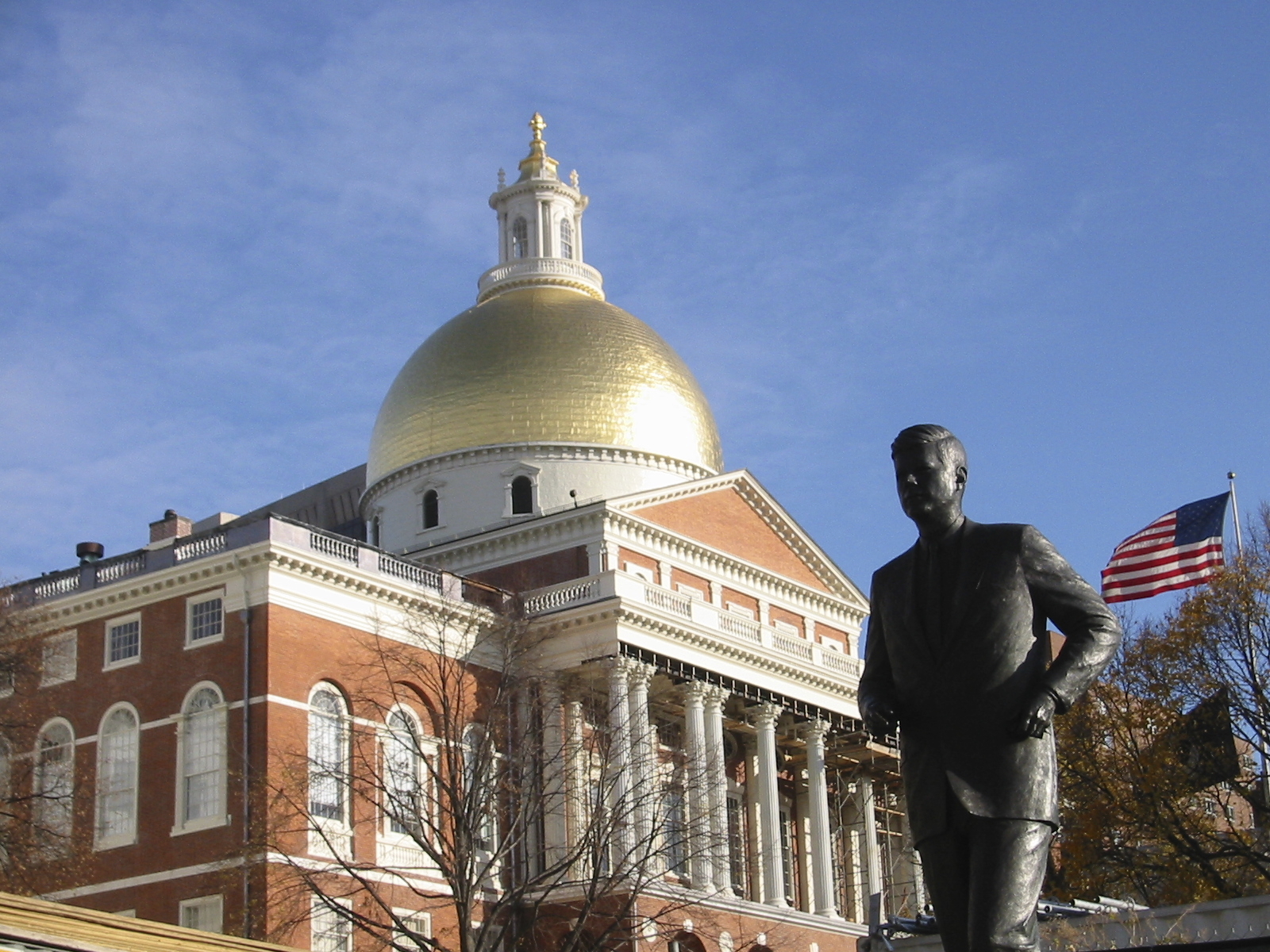The quotations below are taken directly from proceedings and submissions in cases handled by our office.
(Names of individuals have been removed; citations to the record and other legal authority have been omitted.)
“It is extraordinary, by any reasonable measure, when the deprivation of liberty hangs upon images in the mind of a complainant, inexplicably absent for approximately 20 years, their appearance indisputably informed by, and consistent with, images and narratives being widely portrayed in a media frenzy. Add that in the solitude of his private journal the Complainant at bar initially declared unequivocal uncertainty, and thereby confirmed his own inability, to decipher whether the images in his mind were just thoughts that he was thinking, or “memories” of actual events. Add that the evidence at trial did not corroborate what the Complainant would over time adopt with utmost confidence to be ‘memories.’ In fact, the evidence would establish fundamental and irresolvable conflict.”
“The issue before this Court is not merely of an evidentiary character. It is an issue that drives to the very core of our criminal justice system. The payment of money to fact witnesses in exchange for testimony in a criminal case, those payments conditioned upon outcome, is utterly offensive to the fair administration of justice. It is a practice that undermines determinations of guilt, brings the integrity of our courts into disrepute, and sews the seeds of corrupting influence. The fact of its occurrence at bar — facilitated by a prosecutor who understood he was acting to acquire conditional compensation for witnesses favorable to the government, knowing that the incentive for future compensation upon achieving desires results would exert pressure upon those witnesses — represents a troubling loss of perspective. As a citizen who is entitled to meaningful due process of law, who is protected by a presumption of innocence no matter the charges at issue, the Defendant asserts that he cannot properly be condemned by judgments that arose out of, and remain inextricably linked to, a tainted and corrupt process. It is not possible to affirm such judgments without affirming, or excusing, the process that produced them. Whatever standard of review is ultimately applied, and whatever the precise contours of the remedy, the judgments should, at a minimum, be reversed. The Defendant is a son of this Commonwealth, no matter the allegations against him. A judicial process that paid witnesses for successfully condemning him is an outrage. No rationale can excuse what occurred in this case, or reasonably preserve the result. This Honorable Court, as a guardian of fundamental fairness, should not permit the judgments to stand.”
“What does a rap video, produced and then posted to the music internet site www.spotlight-dvd.com, mean? And who is to decide? Will the street roots and decades long history of inner city rap or “hip hop” music as a vehicle to express tales of urban woe, social neglect, violence, drug abuse, poverty and more, be taken into account? Will the fact that rap derives from oral and literary folk traditions of the African American community, carrying with it lyrics based on “witnessing” the collective experience, metaphor, boasts, narratives or “yarns” (exaggerated stories) be considered? Will the commercially established and, for many, popular subgenre of “gangsta rap,” replete with imagery of the stereotypical gangster or thug, be judged by those who perform and the audience for whom it was intended? Or will it be judged and characterized by a middle-aged, white detective who admits knowing absolutely nothing about rap music at all?
If this Court is willing to permit “inferences” to be drawn based upon the average cultural experience of jurors who will very likely have found the rap video in which the defendant appeared foreign, controversial and, perhaps, disturbing, then it will permit inferences grounded not primarily in reason or common sense, but the cultural differences that shape the perception and stereotype that make those inferences seem justified. It will allow one cultural perspective to predominate over another, and it will allow the defendant to have been severely penalized and prejudiced for participating, among other men, in what was nothing more than a form of artistic expression not uncommon to the culture he calls his own.”
“There is a perverse, unfair advantage the government acquires when, based upon images filmed in the darkness of night, with no visible, unique, identifying characteristics, an expert is willing to get on the witness stand to claim he “could not exclude them as being the same,” and assert “consistency.” Add in a fancy and highly prejudicial video presentation that placed the defendant’s mother’s van at the crime scene in the dark, and showed the questioned vehicle fading into her vehicle, and back again — an exhibit designed to create a false impression that, lack of proof notwithstanding, the questioned and known vehicles are the same. Much like comparing photographs of distant shadowy figures at night, the inherent inability to decipher distinguishing detail — even something as basic as color — creates the opportunity for a powerful testimonial narrative of “consistency” and “inability to exclude” if the government is willing to pursue such assertions. This is testimony in a criminal trial that derives from the absence, rather than the presence, of probative evidence. And that is precisely why it is wrong.
The defendant asks the Supreme Judicial Court to consider: In any conceivable comparative analysis of any two objects, when the available information is so deficient that no definitive conclusion can be drawn relative to identification or exclusion, an analyst could always logically characterize that inconclusive result as “I could not exclude them as being the same.” Similarly, the absence of meaningful detail could always be characterized as “not able to find any characteristics that were inconsistent.” But in a criminal trial, especially one involving allegations of murder where the accused’s liberty for life is at stake, such characterizations are too misleading, and reflect a disturbing bias by the analyst who, it is clear, had an oar to row for the prosecution. ”
“Claims presented on appeal typically rest on well defined, narrow grounds. Indeed, it is by means of that precision that each basis for relief is simplified and made clear. More fundamental and difficult to address is the basic posture, or framework, within which this Court’s judgments are made. What is “reasonable” is born primarily from how one views, which, in turn, births what one sees. Our jurisprudence speaks of, and reasons from, the latter; rarely do we address the former.
The defendant asks: is it “reasonable” to infer, in the circumstances of this case and given the evidence presented, that a young woman, a student, with no criminal record, would pursue murder? Upon what threshold of evidence do the required inferences of motive, intent, planning, and participation, become justified? Does mere association with another, a boyfriend of 60 days, play a role? And to what degree does a “light favorable to the government” depend upon a constellation of basic, personal, subjective assumptions about human nature, and, perhaps, what people “like” the defendant might do?
Pursuant to G.L. c. 278, § 33E, the Justices of the Supreme Judicial Court are obligated to conduct a plenary review of first degree murder convictions by considering the whole case. The Court is empowered to order a new trial or direct the entry of a lesser verdict of guilt “for any … reason that justice may require.”
The defendant prays this Court will determine that justice requires more than the evidence presented here. Our criminal justice system should require a greater threshold of proof, less burdened by gaps, less susceptible to error, and less dependent upon bare assumptions about who the defendant is and what she is capable of doing. Whether grounded upon deficient evidence, or the additional errors addressed above, to deprive the defendant of her liberty for life on this evidence is wrong and unjust. Where affirming this conviction for first degree murder will risk affirming a miscarriage of justice, “it is [the Court’s] power and duty so to declare.”
“Gang assertions are a turnkey tool, easily constructed and applied to inner city shootings of almost any variety. Such assertions are built on the “expertise” of hand-picked prosecution team members who have the luxury of declaring from the witness stand supposed universal “gang” principles with which they characterize specific events and color even routine aspects of a defendant’s life. The place of one’s childhood, one’s family, the surrounding community, routine association and proximity to another — these are transformed by the gang expert into corroborative evidence of motive and intent to kill. As occurred here, such evidence continues to be admitted in this Commonwealth with alarmingly meager foundation, despite well-known flaws in gang member designations and the extreme prejudice that results.
Not only is gang evidence easily introduced, it provides a nearly unassailable package of “proof” where even the absence of the evidence deemed probative by the “experts” provides no obstacle to its use. Retaliation occurs because gangs act on loyalties, but neither the codefendant nor the victims need be gang members to apply that rationale here. Factors used to discern who is a “gang member” — self-admittance, information from parent, tattoos, a street name, wearing gang colors, using gang signs — are relevant evidence, but their absence relative to the defendant wasn’t probative, because gang members may take steps to avoid being discovered. Gangs identify with territories, and so the defendant’s location in Walnut Park from the time of his childhood was evidence of gang involvement, as was his living not far from neighborhood “graffiti,” but even a shooting of unknown cause in an entirely different area (Mattapan) was also probable evidence of gang retaliation, because retaliation can happen “anywhere,” and “at any time.” Lack of information does not pose an obstacle to conclusions about gangs, because the “code of snitching is very, very strong,” and so conversations don’t generally lead to cooperation; lack of confirming or corroborating information is just “part of the culture.” And once someone like the defendant is labelled a “gang member,” he magically inherits and must endure descriptions at trial of historical gang feuds and killings years past, despite no evidence that he had any awareness, much less involvement. Even drug activity — something endemic in our society — is evidence of gang membership when seen through the eyes of the “gang expert.” It is a self-constructed, self-enforcing boondoggle for the government, which is precisely why it was used at bar to provide identity, motive, intent, and support joint venture.”
“One who observes the criminal justice system in this country cannot help but be struck by its power. The judgments produced are enforced without equivocation and with an encompassing finality unique to the State. Absent apparent error in a legal, technical sense, there is little opportunity to influence the machinery of the State once judgment has been declared. Second-guessing holds no occupancy. Finality is mountainous in its weight.
In this Commonwealth, however, the Supreme Judicial Court is wisely imbued with extraordinary power under G.L. c. 278, § 33E. That power obligates the Court to conduct a plenary review of first degree murder convictions by “considering the ‘whole case,’ not merely questions that have been properly preserved for appellate review.” The Court is empowered to order a new trial or direct the entry of a lesser verdict of guilt “for any … reason that justice may require.” If upon examination of the facts, the Court “is of the opinion that there was a miscarriage of justice in convicting the defendant of murder in the first degree, and that a verdict of guilty of murder in the second degree or of manslaughter would have been more consonant with justice, it is [the Court’s] power and duty so to declare.”
“It does not matter that the defendant’s head was not slammed against the table. It does not matter that blood was not drawn. When he made an initial conditional waiver that was ambiguous, invoking his rights with respect to matters that could jeopardize him, the police should have sought clarification. Instead they paid lip service to his stated desire to remain silent as to certain matters, and then sought to benefit from the ambiguity. When the defendant gave certain meaning to his conditional waiver by telling the detectives he wanted to “stop” at the point where he returned from breakfast, their repeated return to the subject matter violated his constitutional rights. Their persistent and repeated effort to pressure him to forego his rights was coercion of the most insidious kind.
A man caught within the grip of coercion inherent to police custody is simply not required to defend his invocation to remain silent; he is merely required to communicate it. Nor is he required to endure the onslaught of police pressure, whether that pressure is in the form of praise, or a guilt trip, alleged identification with his plight as a victim, or the authorities’ strategic claims that they need personal closure.
The defendant’s invocations were not honored. Certainly, his eventual statements were not the product of the free will he sought to exercise. The conduct of police violated the defendant’s Fifth, Fourteenth and art. 12 rights.”



